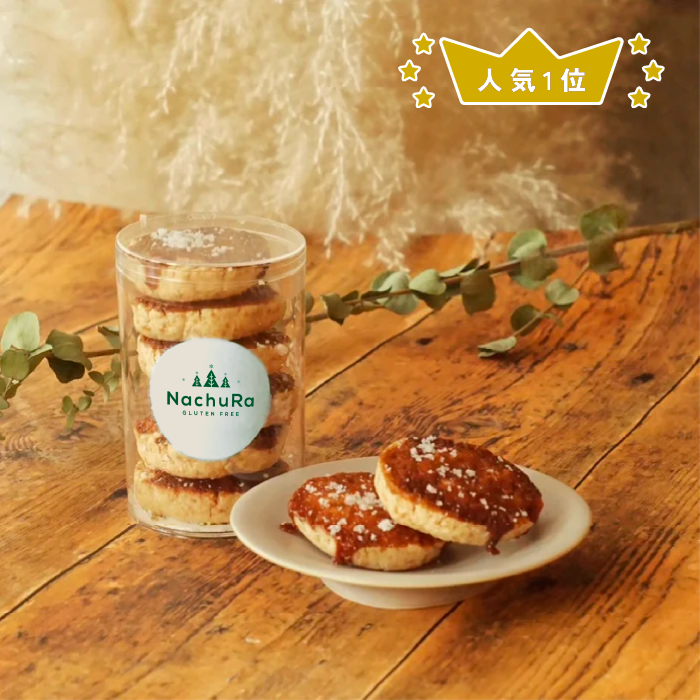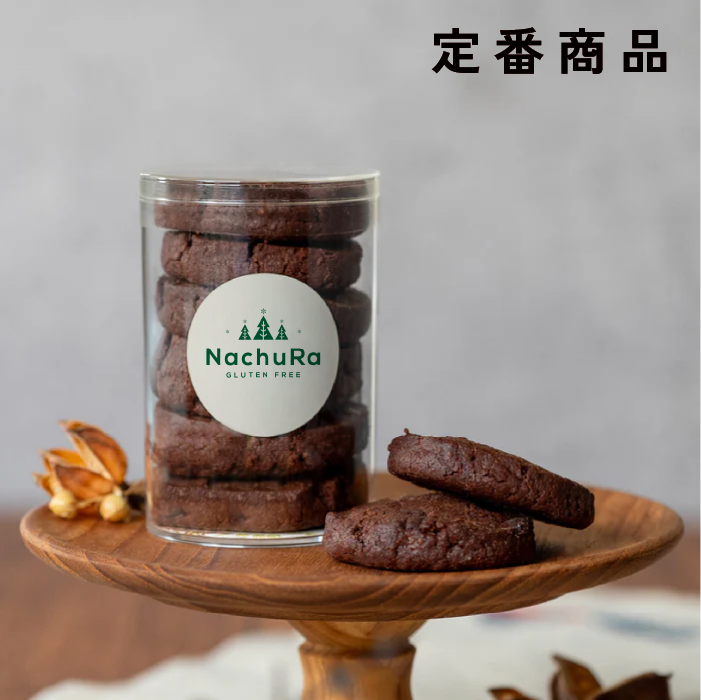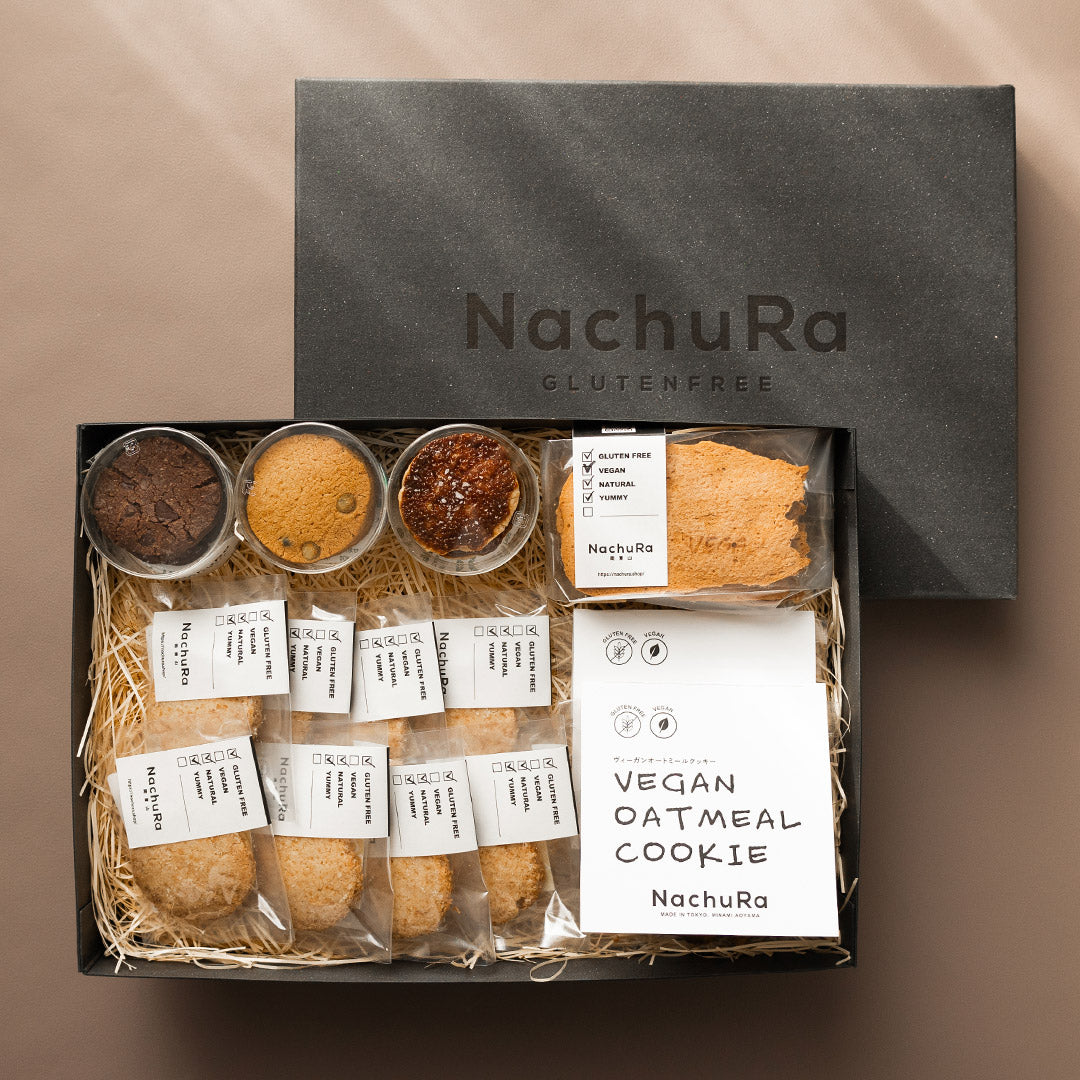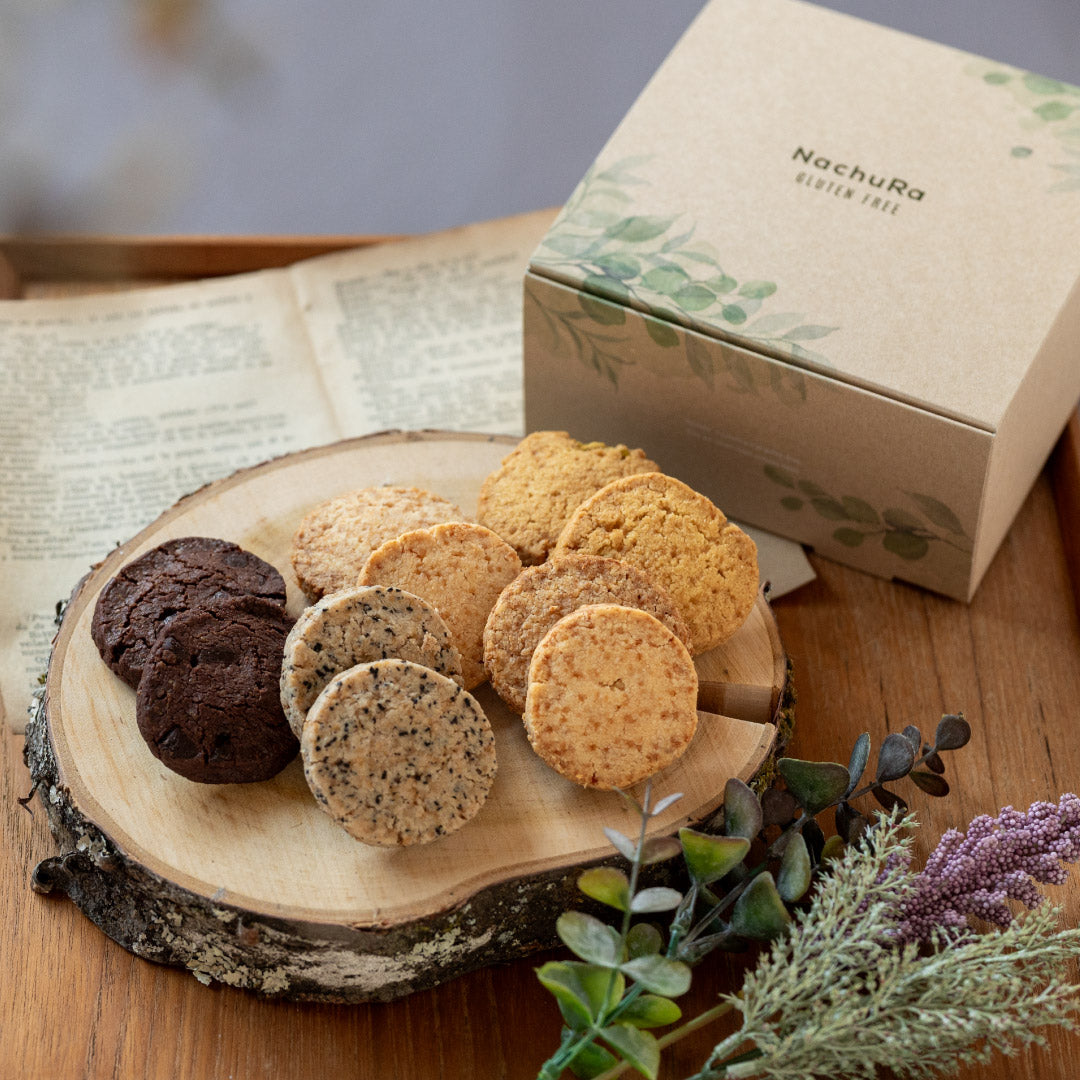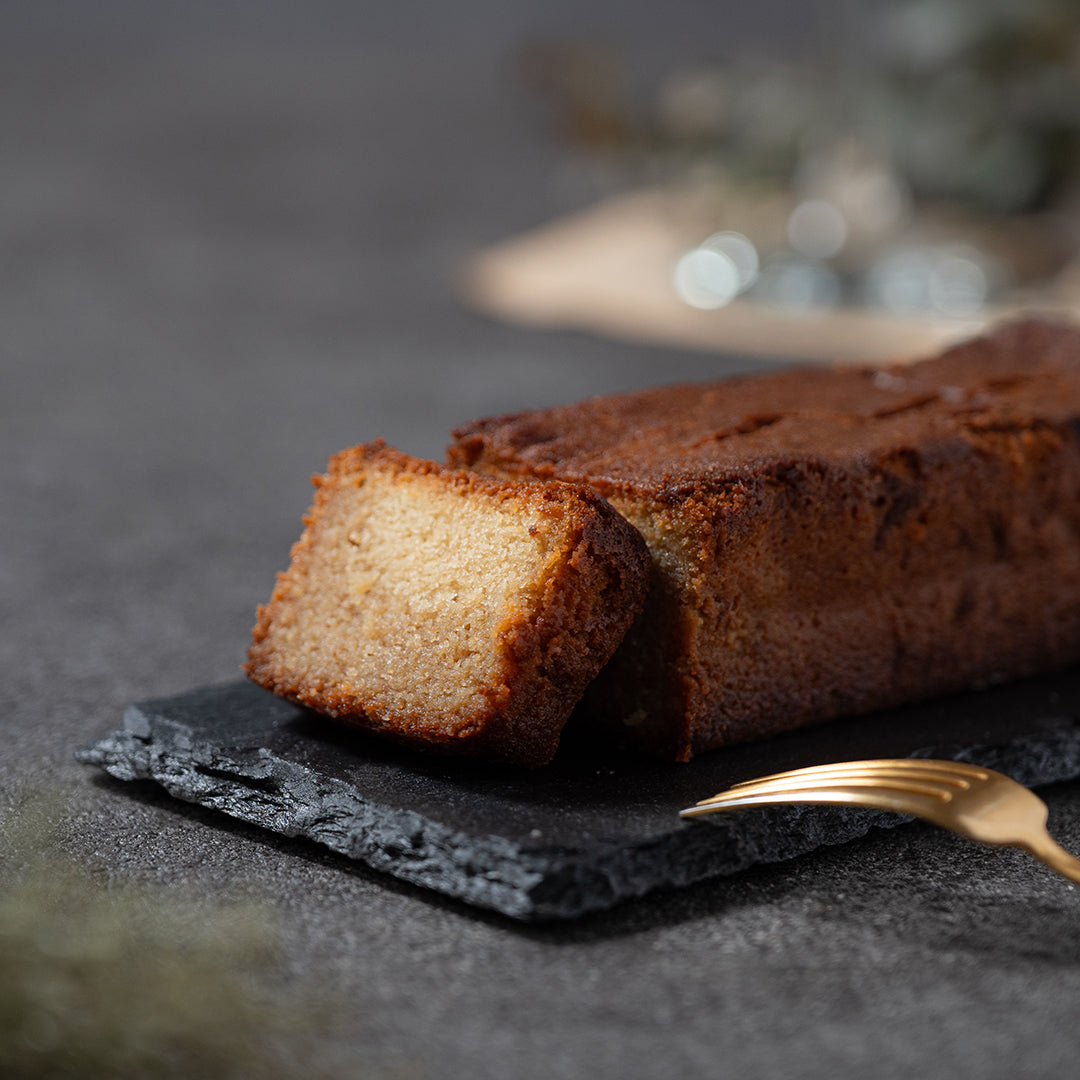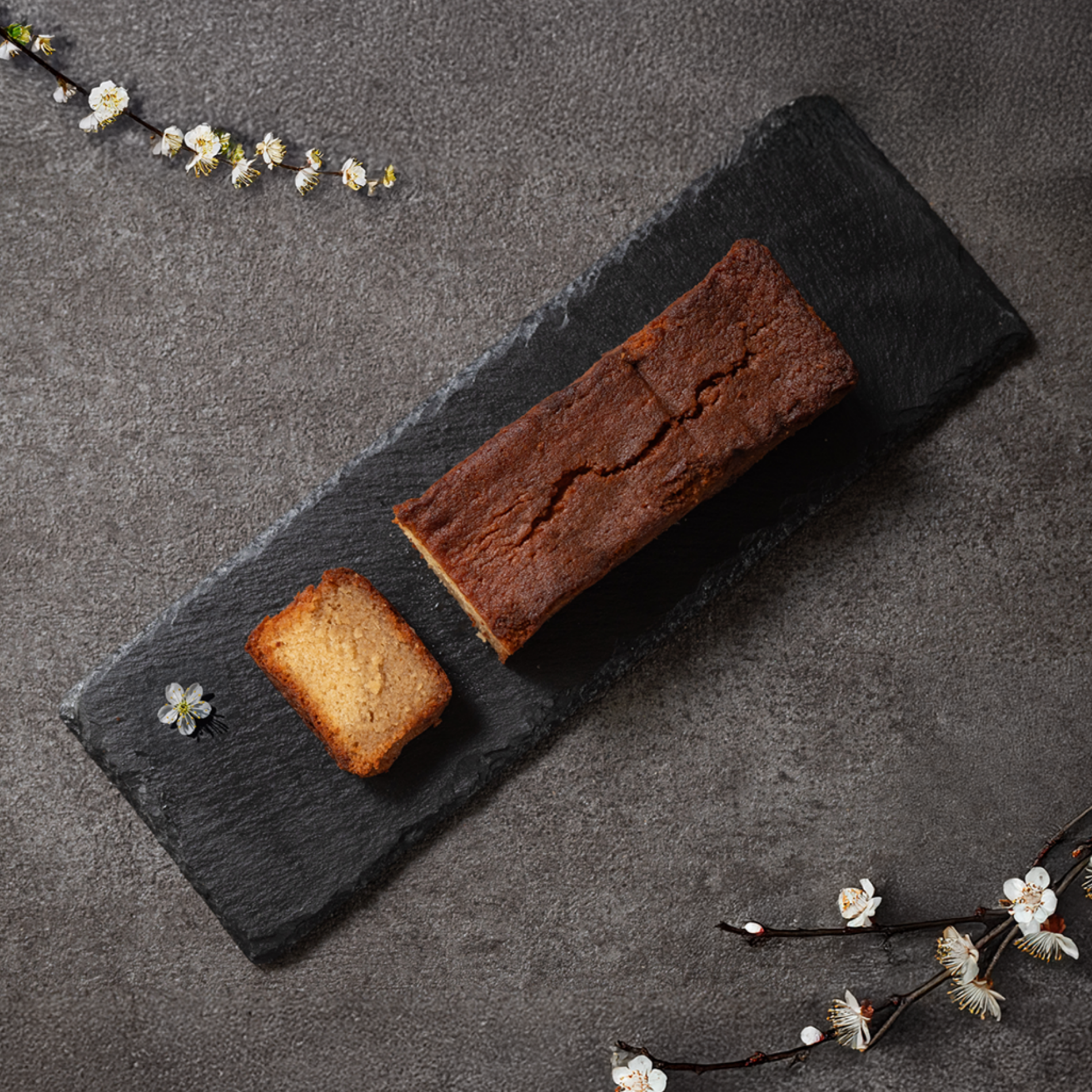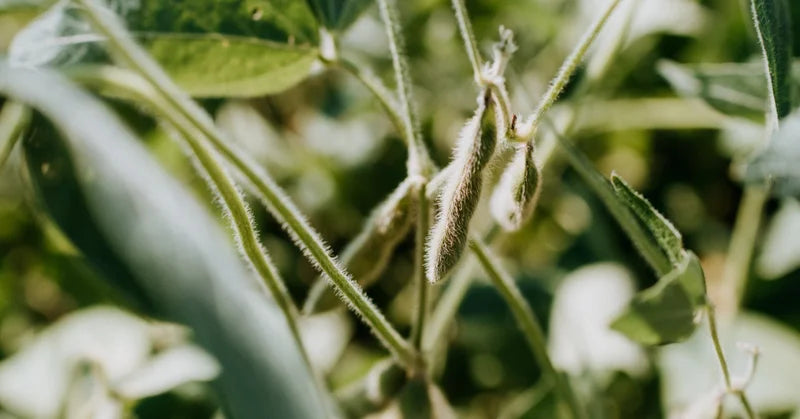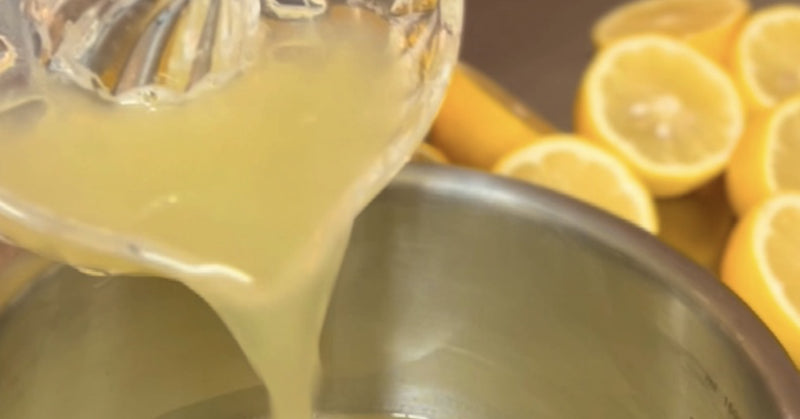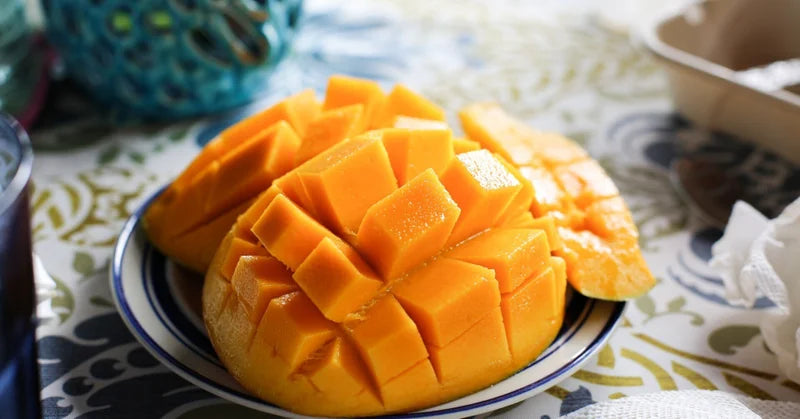
[Seasonal fruit] Mango
In June, it's been a delicious time for mangoes.
Mango season is from June to August.
It contains a lot of vitamin C and vitamin A (carotene).
It is a happy fruit for women because it leads to beautiful skin, prevention of anemia, and improvement of constipation.

It was introduced to Japan in the early Meiji era, and it is said that the name mango comes from the word meaning "princess of fruit" in India.
Although it is popularly cultivated in warm Okinawa and southern Kyushu, it is difficult to transport because it does not keep well and is easily damaged.
Miyazaki's "Taiyo no Tamago" is famous.
Mangoes cultivated in Japan are often lined up in supermarkets as domestically produced varieties called apple mangoes.
Each box weighs about 350g, so you can imagine that a 1kg gift box contains about 3 boxes.
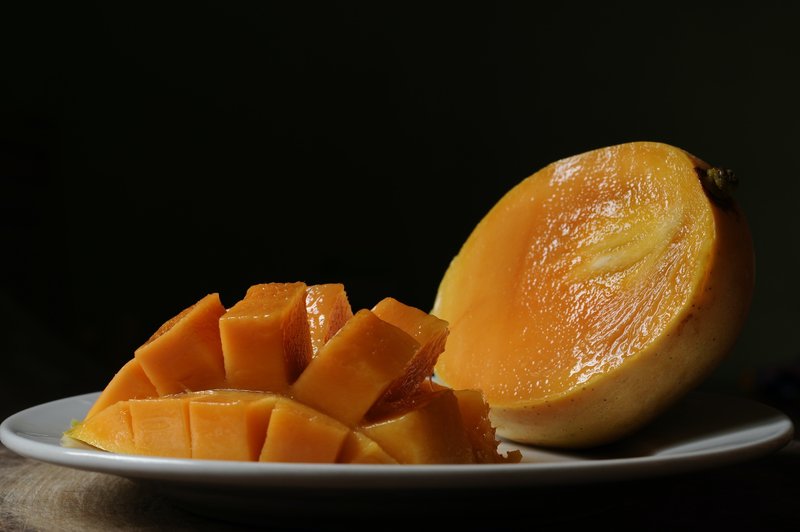
The fruit is classified as Anacardiaceae, so if you have experience with lacquer rashes, it is better to wear vinyl gloves when touching the fruit and avoid touching it directly.
Gently wrap it in plastic wrap and store it in the vegetable room where the temperature is slightly higher to make it last longer.
Ripening
If the mangoes are not yet ripe and are almost green, wrap them in newspaper or a paper bag and leave them indoors.
What you should be careful about at this time is not to seal the mango. Either wrap it gently or leave the paper bag open.
Mangoes themselves generate gas to ripen and ripen. If you leave it for about a day, it will give off a sweet scent, so it is ready to eat.
Let it cool and then serve it deliciously.
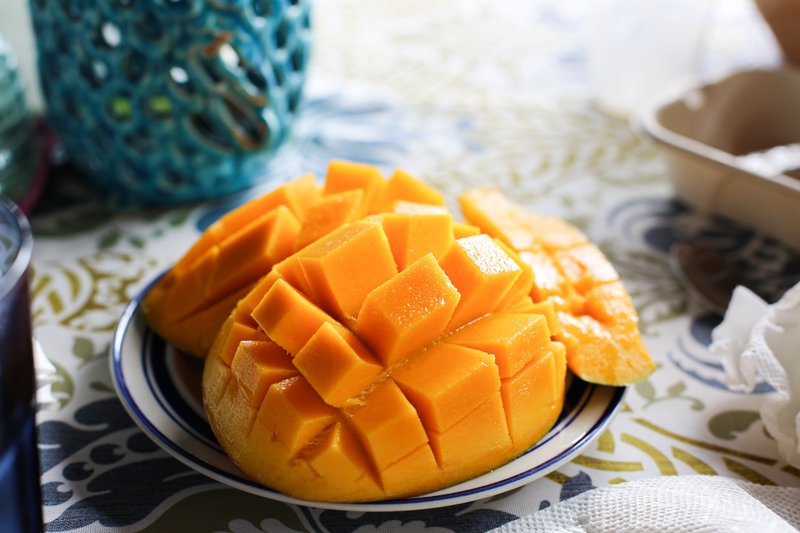
It is easy to eat if you make a notch like this.
Nachu Ra
pâtissier Yuhi Hasada
